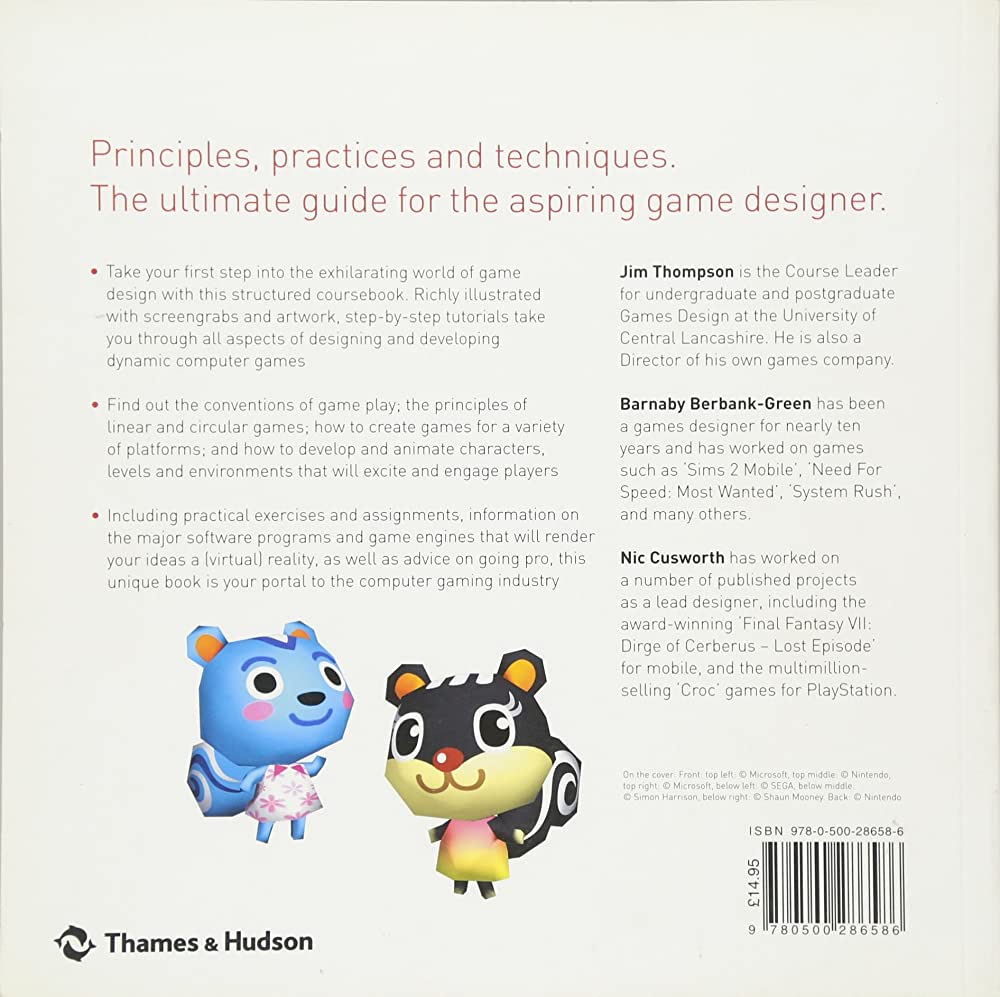A step-by-step guide to game design includes defining the game concept, developing a game design document (GDD), creating a prototype, refining the gameplay mechanics, creating the visual design and audio, implementing the final design and testing, and launching and marketing the game. Defining the game concept outlines the overall theme, genre, and gameplay mechanics. Developing a GDD is essential for keeping the game on track with the original concept goals. Creating a prototype helps to identify flaws or bugs. Refining the gameplay mechanics involves adjusting the difficulty level, adding new features, removing elements that don’t work and improving the overall flow of the game. Creating the visual design and audio enhances the overall gameplay experience. Launching and marketing the game involves creating a website or social media presence, submitting it to app stores, and using various marketing techniques to attract players.
From Ideas to Reality: A Step-by-Step Guide to Game Design
Game design can be a challenging but rewarding process that demands creativity and discipline. If you have an idea for a game and want to turn it into a reality, this step-by-step guide can help you get started:
Step 1: Define Your Game Concept and Goals
Before you begin designing your game, you need to have a clear concept of what you want to accomplish. This should include the overall theme, genre, and gameplay mechanics. You can create a document that outlines all of these elements and refers to it throughout the design process.
Other important elements that should be defined at this stage include the game’s target audience, the platform you want to develop it for, and your estimated budget.
Step 2: Develop a Game Design Document
A game design document (GDD) is a detailed plan that outlines every aspect of your game, from the story to the characters to the gameplay mechanics. Creating a GDD is essential for keeping your game on track and ensuring that it meets your original concept goals.
A GDD can include the following elements:
- Game Overview
- Gameplay
- Characters
- Story
- World/Levels
- Art and Sound
- Technical Requirements
- Marketing Plans
- Development Schedule
Step 3: Create a Prototype
With your game design document in hand, you can begin to create a prototype that demonstrates the gameplay mechanics, visuals, and sound of your game. This prototype can be a simple, rough version of the game that helps you to determine whether the mechanics work as intended and to identify any flaws or bugs.
Prototyping is an iterative process, which means that you will likely go through multiple versions of your prototype as you refine your design.
Step 4: Refine the Gameplay Mechanics
Once you have a working prototype, you can focus on refining the gameplay mechanics to make them more engaging and fun for players. This process can involve adjusting the difficulty level, adding new features, removing elements that don’t work, and improving the overall flow of the game.
Playtesting is a critical part of the refinement process. You can invite friends, family, or other testers to try out your game and provide feedback. This feedback can help you to identify what works, what doesn’t, and what needs improvement.
Step 5: Create the Visual Design and Audio
With the gameplay mechanics honed, you can begin to focus on the visual design of your game. This can include creating artwork for characters, environments, and other elements of the game, as well as selecting a color scheme and typography that fits the overall theme of the game.
Audio also plays a critical role in the overall experience of your game. You can create sound effects and music that complement the visuals and enhance the gameplay experience.
Step 6: Implement the Final Design and Test
With the visual design and audio complete, you can implement the final design into the game and perform extensive testing to ensure that it is stable and bug-free. You can also conduct user testing to get feedback from a wider audience and to identify any areas that need improvement.
Step 7: Launch and Market Your Game
Once your game is complete and tested, you can launch it to the public and begin marketing it to your target audience. This can involve creating a website or social media presence for your game, submitting it to app stores or online marketplaces, and using a variety of marketing techniques to attract players.
Game design is a complex and challenging process, but by following these steps and dedicating yourself to the process, you can turn your ideas into a reality and create a game that players will love.
